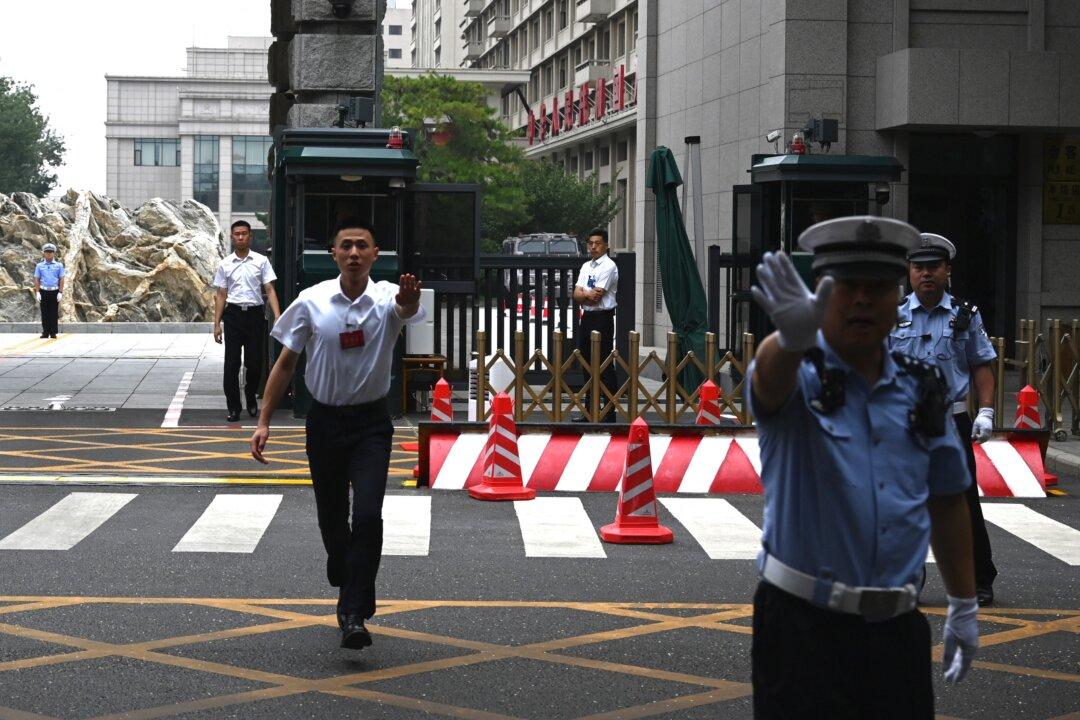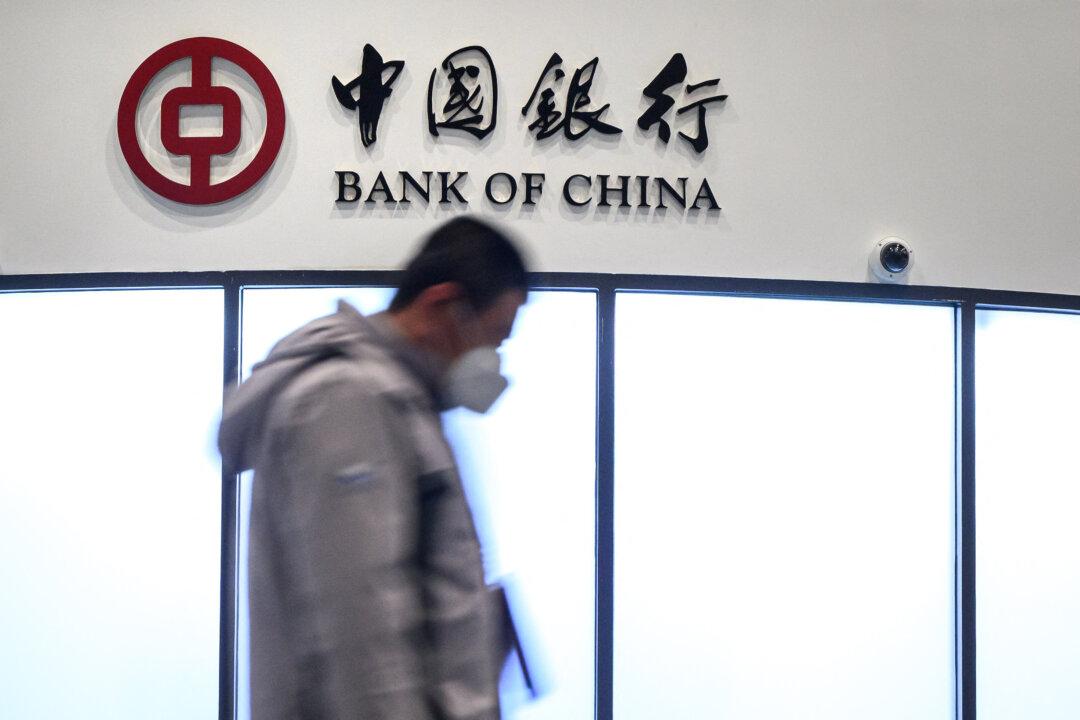As China’s economic growth stalls, officials are doubling down on entrepreneurship to increase employment, attract investment, and create wealth.
Job creation, next to economic growth, has been a top priority for Chinese Premier Li Keqiang. But China’s lower-than-expected first-quarter economic growth is a harbinger of bad news on the employment front.
Last week, China’s official purchasing managers’ index (PMI) for April was 50.1, barely above the 50-point mark that separates growth from contraction. Both the official PMI and the HSBC manufacturing PMI reported declines in employment.
“PMI data show China’s labor market is weakening,” said Bill Adam, senior international economist for PNC Financial Services. “Both the CFLP manufacturing and non-manufacturing PMIs show a majority of surveyed business managers reporting net declines in payrolls on the month.”
China’s job market is facing pressure on two fronts.
Its export-driven manufacturing base is losing its competitive edge as higher costs have sent low-skilled labor overseas to South Asia and South America. The excess manufacturing capacity, coupled with slower infrastructure and real estate development, creates a swell of unemployed migrant workers prone to social unrest. The Hong Kong-based China Labor Bulletin recorded 569 strikes or protests in the fourth quarter of 2014, more than three times the amount during the same period in 2013.





